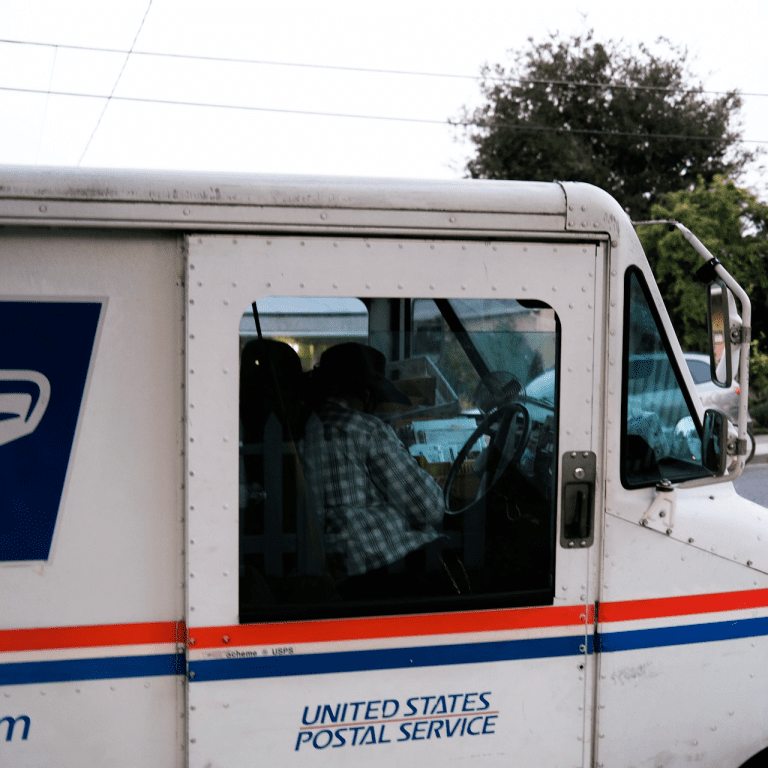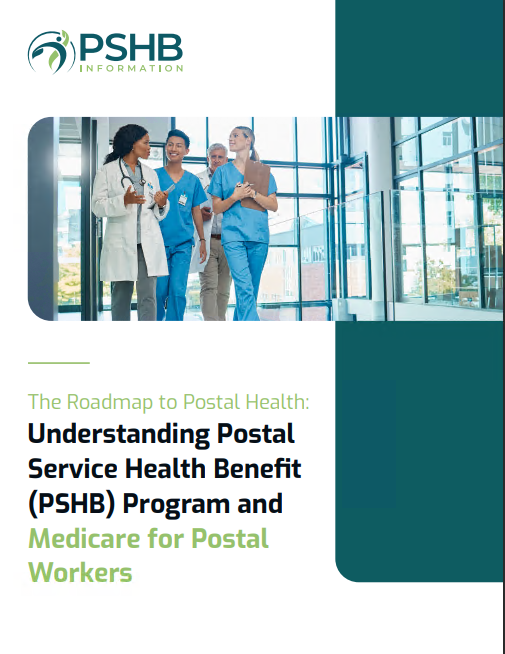Key Takeaways:
-
Government contributions significantly reduce your PSHB plan costs by covering about 70% of your premium.
-
Understanding how these contributions work helps you make informed decisions during Open Season and beyond.
What Are Government Contributions in PSHB Plans?
Government contributions are a cornerstone of the Postal Service Health Benefits (PSHB) program, explicitly defined as covering approximately 70% of PSHB premiums according to official OPM and USPS documentation. They represent the portion of your health plan premium covered by the federal government, ensuring that health coverage remains accessible and affordable for Postal Service employees, retirees, and their eligible family members, as outlined in the PSHB program guidelines. These contributions typically account for approximately 70% of the total premium cost, leaving you responsible for the remaining portion.
This financial support is a significant benefit of your employment or retirement through the Postal Service, as it helps offset what could otherwise be a substantial monthly expense. But how do these contributions work, and what does it mean for you? Let’s dive deeper.
Breaking Down the Cost: Premiums, Contributions, and Your Share
When it comes to your PSHB plan, the total premium is divided into two parts:
-
Government Contribution: Covers around 70% of your total premium cost. This amount is calculated based on your chosen plan’s specific rates.
-
Employee or Annuitant Share: The remaining 30% (approximately) is your responsibility. This amount varies depending on whether you select a Self Only, Self Plus One, or Self and Family plan.
By spreading the cost in this way, the government ensures that your health coverage remains comprehensive yet affordable. This cost-sharing model is particularly beneficial for those with family coverage, as it helps reduce the financial burden for larger households.
How Government Contributions Are Determined
The Office of Personnel Management (OPM) establishes government contributions for PSHB plans annually. The exact amount is based on a weighted average of all PSHB plan premiums, ensuring fairness and affordability across the board. Here’s how it works:
-
Weighted Average Premium: OPM calculates the average cost of all PSHB plans, giving more weight to plans with higher enrollment.
-
Contribution Formula: The government’s share is then set at 72% of this weighted average, as long as it doesn’t exceed 75% of the premium for your chosen plan.
This formula ensures that while the government provides substantial support, it also incentivizes you to consider cost-effective plan options.
The Role of Open Season in Optimizing Costs
Open Season, held annually from November 11 to December 13, is your opportunity to review and adjust your PSHB plan for the enrollment year. During this period, you can:
-
Switch to a plan with a lower premium to reduce your share of the costs.
-
Enroll in a plan that better aligns with your healthcare needs, even if it means a slightly higher premium.
-
Add or remove eligible family members from your coverage.
By evaluating your options during Open Season, you can maximize the value of government contributions while ensuring your health plan meets your needs.
Factors That Impact Your Share of the Premium
Several factors influence the portion of the premium you’re responsible for:
1. Plan Selection
Plans with higher premiums often come with enhanced benefits but require a higher contribution from you. Conversely, selecting a lower-cost plan can reduce your share, though you may need to compromise on certain benefits.
2. Coverage Type
The type of coverage you select—Self Only, Self Plus One, or Self and Family—directly affects your costs. Family coverage, while more expensive overall, benefits significantly from the government’s 70% contribution, making it more affordable than it would be otherwise.
3. Location
Some plans vary in cost depending on your geographical region. Regional cost differences can impact both the total premium and your share of it.
4. Medicare Integration
For retirees enrolled in Medicare Part B, some PSHB plans offer reduced premiums or additional benefits. If you’re Medicare-eligible, integrating it with your PSHB plan can further optimize your costs.
Cost-Saving Strategies to Maximize Value
While government contributions significantly reduce your costs, there are additional steps you can take to keep expenses manageable:
1. Review Plan Brochures
Each PSHB plan provides a detailed brochure outlining its premiums, benefits, and cost-sharing details. Reviewing these brochures helps you understand the true cost and value of each plan.
2. Consider High-Deductible Health Plans (HDHPs)
HDHPs often have lower premiums, and when paired with a Health Savings Account (HSA), they allow you to save for healthcare expenses tax-free. If you’re relatively healthy, this option can be cost-effective.
3. Use Preventive Services
Most PSHB plans cover preventive care at no additional cost. Regular check-ups and screenings can help you avoid costly medical issues down the road.
4. Coordinate with Medicare
For retirees, coordinating your PSHB plan with Medicare Part B can lower out-of-pocket expenses, especially for prescription drugs and specialty care.
How PSHB Plans Compare to Private Insurance
One of the most significant advantages of PSHB plans is the government’s contribution, which is not typically available with private insurance. While private plans often require you to pay the full premium, the PSHB’s cost-sharing model provides a built-in financial buffer. Additionally, PSHB plans are regulated to ensure comprehensive coverage, a feature not guaranteed with all private insurance options.
The Long-Term Value of Government Contributions
Government contributions don’t just lower your monthly premium—they also provide long-term value by making high-quality healthcare accessible throughout your career and retirement. For retirees, this support is particularly valuable, as healthcare costs tend to increase with age.
Key Benefits for Retirees:
-
Predictable Costs: Knowing that the government covers a significant portion of your premium helps with budgeting during retirement.
-
Coordination with Medicare: Retirees enrolled in both PSHB and Medicare enjoy reduced out-of-pocket expenses, enhancing the overall value of their coverage.
-
Family Coverage: Even in retirement, you can maintain affordable coverage for your spouse and dependents, thanks to continued government contributions.
Frequently Asked Questions About Government Contributions
1. Are government contributions the same for all PSHB plans?
No. While the government’s share is based on a weighted average, the specific contribution amount depends on the premium of your chosen plan. Plans with higher premiums will have higher contributions, but your share will also be larger.
2. Does the government contribute to dental and vision plans?
No. Dental and vision coverage under FEDVIP is entirely paid for by enrollees, without government contributions, except in rare cases where employer-specific policies or programs might apply. However, these plans are designed to be affordable.
3. How do government contributions change if I switch plans?
Your contribution will be recalculated based on the premium of your new plan. Switching to a lower-cost plan can reduce your share, while higher-cost plans will increase it.
4. What happens to government contributions after retirement?
Government contributions continue for retirees, provided you maintain your PSHB enrollment. However, enrolling in Medicare Part B can further enhance your coverage.
Keeping Your Coverage Affordable in the Future
Government contributions will remain a vital aspect of the PSHB program. However, it’s essential to stay informed about changes in premiums, benefits, and contribution formulas to make the most of this benefit. Participating in Open Season and regularly reviewing your plan options ensures you’re maximizing the value of government contributions while keeping your healthcare costs manageable.
Why Government Contributions Matter for Your PSHB Plan
Government contributions play a crucial role in making PSHB plans accessible and affordable for Postal Service employees, retirees, and their families. By covering a significant portion of your premium, these contributions ensure that high-quality healthcare remains within reach throughout your career and into retirement. Understanding how these contributions work empowers you to make informed decisions about your coverage, helping you optimize costs and benefits year after year.







